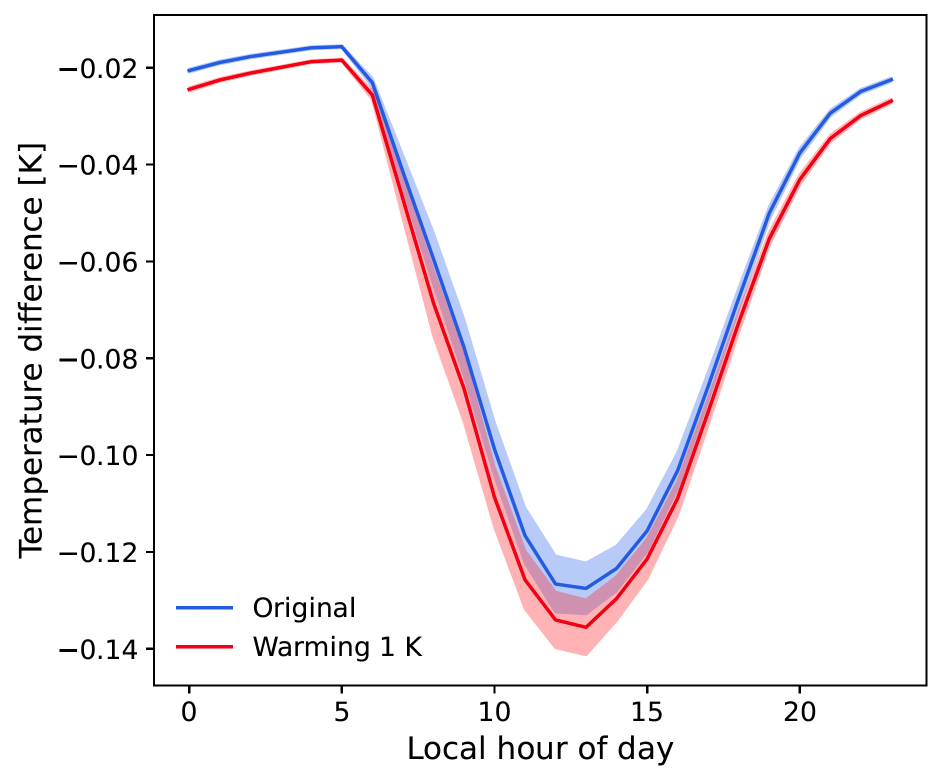Pyclmuapp
Integration and Execution of Community Land Model Urban (CLMU) in a Containerized Environment
Code and documentation
Highlights
J.J. Yu, S. Yuan, S. Lindley, C. Jay, D.O. Topping, K.W. Oleson, Z.Z Zheng. Integration and Execution of Community Land Model Urban (CLMU) in a Containerized Environment. Environ. Model. Softw.
Feel free to chat with me for any questions or collaborations via email at (junjie.yu AT postgrad DOT manchester DOT ac DOT uk / yjj1997 AT live DOT cn). (English, Mandarin, Cantonese)
Abstract
The Community Land Model Urban (CLMU) is a process-based numerical urban climate model that simulates the interactions between the atmosphere and urban surfaces, serving as a powerful tool for the convergence of urban and climate science research. Despite its advanced capabilities, CLMU presents significant challenges for users unfamiliar with numerical modeling due to the complexities of model installation, environment and case configuration, and generating model inputs. To address these challenges, a toolkit was developed, including (1) an operating system-independent containerized application developed to streamline the execution of CLMU and (2) a Python-based tool (Pyclmuapp) used to interface the containerized CLMU and create urban surface data and atmospheric forcing data for the model. This toolkit enables users to simulate urban climate and explore climate-related variables such as urban building energy consumption, urban water balance, and human thermal stress. It also supports the simulation under future climate conditions and the exploration of urban climate responses to various surface properties, providing a foundation for evaluating urban climate adaptation strategies. Overall, this toolkit makes urban climate modeling more accessible, promoting broader applications from research to practical urban planning and policy-making.
Slides
Example: Use Pyclmuapp to explore the benefits of cool roof

The CLMU parameterization of urban columns includes roofs, walls, impervious roads, and pervious roads. Each column has its characteristics, e.g., emissivity, albedo, and heat capacity. These parameters digitally represent the urban environment, allowing for the simulation of different urban development scenarios and adaptation strategies to assess their impact on climate. For instance, by modifying parameters like canyon height-to-width ratio and roof height, one can simulate the impact of future urban development on climate.
Roof modifications are relatively straightforward and feasible, and are a common measure in urban climate adaptation studies. In this example, the albedo of roofs was modified to simulate the implementation of cool roofs and their impact on climate. The results indicate that increasing roof albedo effectively reduces urban air temperatures, with the reduction being most pronounced during the daytime. As future temperatures rise, the effectiveness of cool roofs increases, making both daytime and nighttime benefits more.




